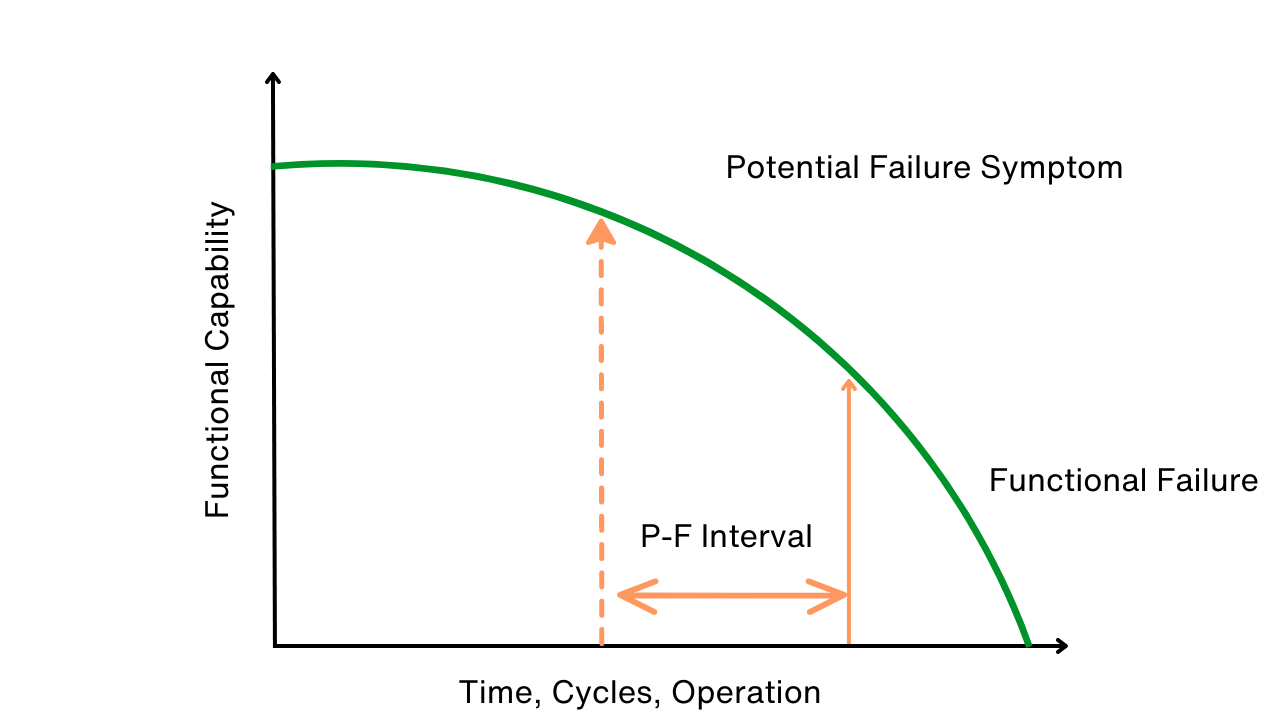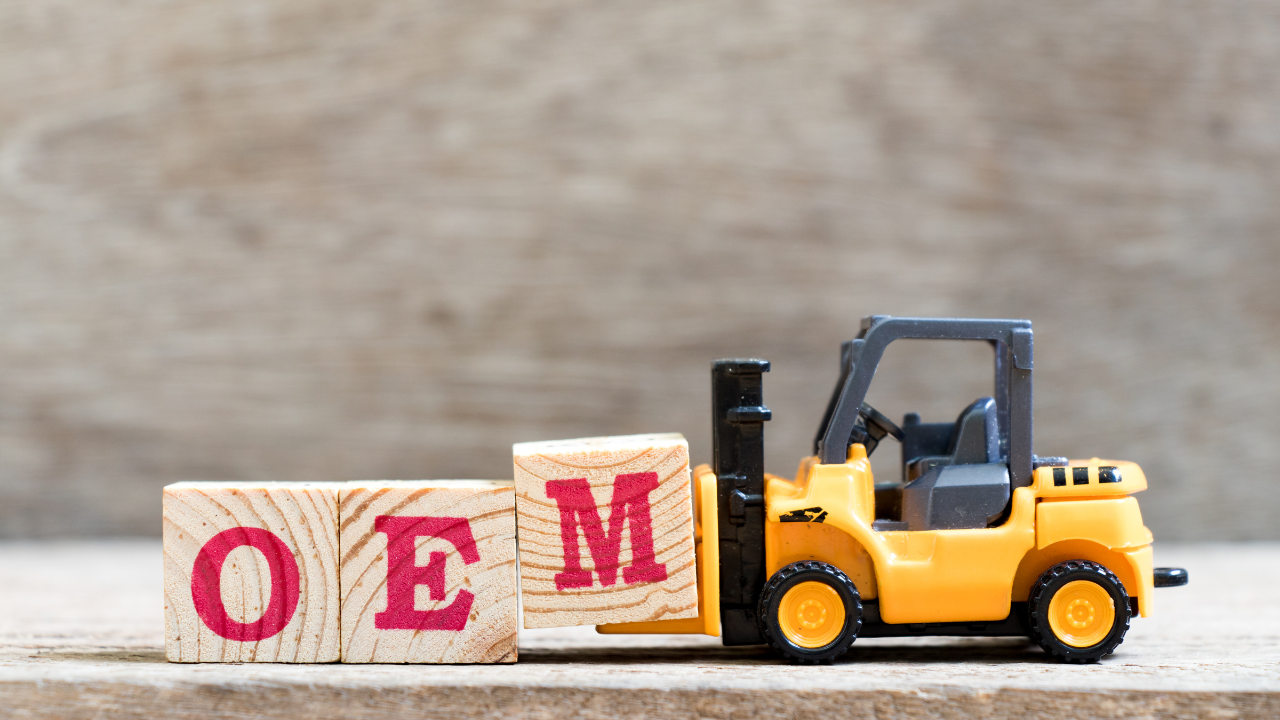Hydraulic Systems Hack! Preventative Maintenance Checklist
Matt Mohelnitzky
Preventative Maintenance Checklist
Plain and simple: there’s a lot that goes into a preventative maintenance program for hydraulic systems. While it’s a discipline that’s very basic and uncomplicated when you boil it down, there are many tests that need to be performed and plenty of steps where something can be done incorrectly, so it’s critical to the health of your machine that all are done regularly and properly. In order to do this, it’s important that both the system and hydraulic fluid are taken care of, as your fluid and systems are completely interdependent.
Good hydraulic maintenance prevents failures and increases equipment reliability, but it won’t be effective if you’re making mistakes. To help you get the process right every time, here’s a checklist of tips and activities to ensure you’re covering your preventative maintenance bases:
1) Develop a preventative maintenance schedule
Preventative maintenance isn’t just something you do once; it’s a continuous process that you need to repeat over and over. Develop a schedule for every hydraulic system in your plant and stick to them. You can even use a CMMS to help determine the proper schedule and automate certain tasks—provided you also have the corresponding hardware in your machines.
2) Clean reservoirs before oil change-outs
As the place that houses your fluid, it’s important that you keep reservoirs clean and free of contaminants. Every time you change out your oil, make sure you drain the system and wipe the reservoir clean with a lint free cloth or recommended solvent. You must be sure the solvent is completely out of the system before recharging. If not properly cleaned, reservoirs become heat sinks that can cause oil breakdown, sludge, and varnish.
3) Use filters to prevent contaminants and change them regularly
If particles and contaminants reach your system’s pump, your machine’s performance will suffer— such as accelerated wear to your pump—not to mention the repairs you’ll need in the near future. Use suction strainers and full-flow filters to prevent contaminants from causing costly damage and down time.
Likewise, while using filters is a good start, letting your filters slip into bypass mode or using lousy filters does nothing to help your cause. High-beta-rating filters greatly decrease the amount of contamination and increase the robustness and reliability of your hydraulic system. Just like filters in any other application, hydraulic filters are no good if they’re dirty or past their useful life. Always inspect your filters during maintenance checks to see if they need replacing.
4) Check oil levels
This might seem like a no-brainer, but sometimes the easiest tasks are the ones workers forget about or ignore the most. Make sure your machines all have enough fluid, and refill them when needed. Properly marking acceptable oil levels on the reservoirs is important so operators fill them appropriately. Whatever you do, however, just don’t mix your oils!
5) Sample the oil frequently
In addition to checking the oil levels, it’s just as important that you regularly test the oil quality. Visually look for discoloration and signs of contamination, as well as other properties like bad odors. Send your samples to a laboratory at least once a year for expert analysis, and even quarterly for your critical systems.
6) Check hoses, tubing, and fittings for leaks and frays
In order to make sure your system is able to operate at peak performance, you have to make sure all parts are in full working order. This means checking the tubing, hoses, breather caps, seals, fittings, and other key parts that affect your system’s ability to do its job. If you find any leaks, frays, or broken parts, schedule repairs right away.
7) Monitor system temperature
Most hydraulic systems are designed to operate below 140°F. For every 15° increase in oil temperature above 140°, your oil’s life will be cut in half. Install temperature gauges near sample ports, or utilize heat guns, to make sure your oil temperature stays between 110°-140°F.
8) Check the pump
In order to know if your pump is functioning properly, it’s important that you check it while your machine is powered on. Listen to your pump for signs of cavitation, which will sound like a high-pitched whine or scream. You should also look for signs of aeration, which can be given away by foaming in the reservoir and little bubbles of air being sucked into the suction strainer. Another common issue that’s harder to diagnose is problems with your pump’s flow. If you don’t have flow meters installed, you’ll need to check the flow out of your case drain line by diverting it into a container and timing the flow at maximum pressure. If your case flow exceeds 10% of the maximum volume of your pump, it’s time to replace your pump.
9) Check the pressure
Another important test to perform while your machine is running is checking your machine’s pressure. Pressure differential gauges can be installed for easy monitoring to make sure your system’s pressure stays within the recommended range for your machines.
10) Keep the reservoir exterior clean
Just as it’s important to keep the inside of your reservoir clean, it’s equally important to keep the exterior clean as well. Heat won’t radiate from your system properly if it’s dirty or obstructed, and you definitely don’t want to swipe contaminants from the exterior into the sump itself.
11) Follow proper fluid storage and dispensation procedures
Preventative maintenance is more than just testing your machines; it’s also about doing the little things, away from your machines, that make maintenance easier and more reliable. Before you even perform maintenance on your equipment, make sure your fluid inventory is properly labeled (i.e., color-coded, diagrams, etc.) and stored to avoid mistakes during the refill process. Likewise, learn the proper maintenance techniques for your equipment and always follow the same process when performing maintenance to ensure consistent results every time. You should also use proper dispensing equipment, like Trico’s Drum Pump Filtration/Dispensing System, to prevent contamination problems during the maintenance process.
12) Practice safety first!
While some tests need to be performed with the system on, others are simply unsafe to do so (e.g., taking oil samples). No matter what the test is, you should always make safety your top priority, as machines are easily repaired, but people aren’t.
Preventative maintenance is a must-have for any machine operation, but even more so with complicated equipment like hydraulic systems. Keep this checklist in mind next time you need to perform maintenance on your machines.
Click here to learn more about Hydraulic Systems Safety and how to properly inspect leaks to avoid injury.
Related Articles

Use P-F Intervals to Map, Avert Failures

The RCM Trap

Can You Really Justify Reliability Centered Maintenance (RCM)?

Design for Maintainability





